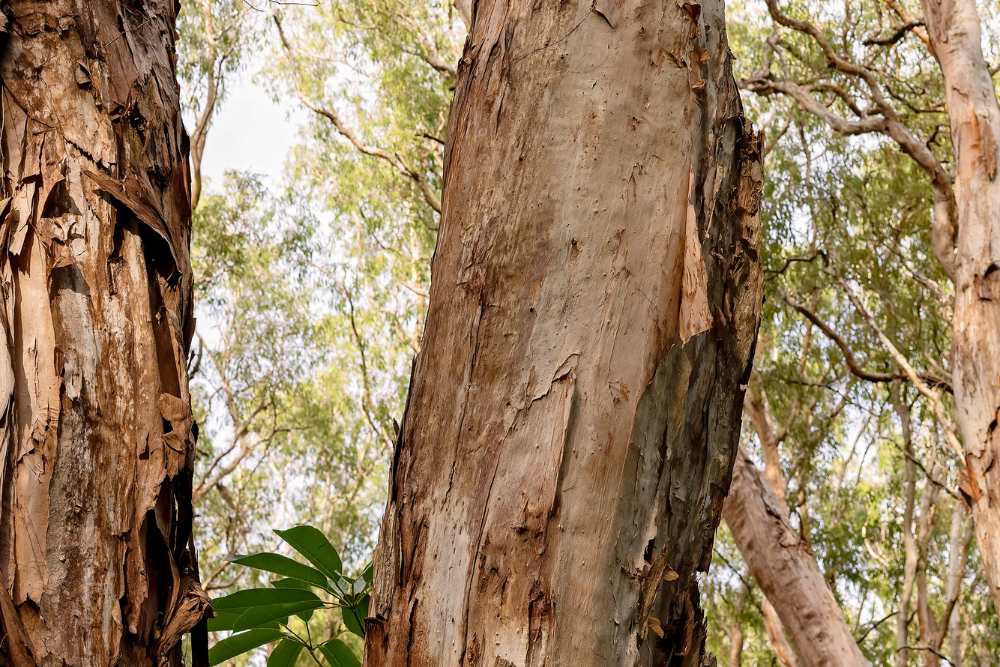Though bark shedding is a natural process for some trees, it can be a sign of tree health problems, say tree service experts of British Columbia.
Don’t Go Barking Up the Wrong Tree Over Bark Shed
Like the skin on animals, bark provides a protective layer for the more vulnerable inner parts of the tree. It is obviously an essential part of the tree’s structure. Sometimes shedding the outer layer of bark, just like shedding skin cells, is part of the process. Sometimes loss of bark is due to injury to the tree or some sort of infection or infestation. This article will discuss all three possibilities so you have a better understanding of when to call a tree service company for your tree care.
Shedding Bark As Part of the Natural Growth Process
As previously stated, the outer layer of bark does occasionally come off naturally. This is especially true of older trees that have thicker, less flexible bark. They grow and some of the inflexible bark drops off. This usually happens with the seasons. Some trees tend to shed bark in a way that people find attractive and even charming.
These trees are almost constantly shedding very slowly and are listed below:
- Birches
- Silver maples
- Redbuds
- Hickory trees
- Pines
On any of these trees, it is perfectly natural to see bark shedding. If a tree has lost some bark but there is still a solid layer of bark underneath, it is likely still healthy.
Shedding Bark Due to Pests, Fungus, and Tree Disease
Losing bark in an unhealthy way can be due to infestations of pests or from an attack by fungal infection. If bark loss is accompanied by dead and dying leaves and branches, the tree’s health may be in serious danger. These insects tend to fall into three categories: defoliating insects, burrowing insects, and sucking insects.
Here they are in a bit more detail:
- Defoliating Bugs: These bugs consume the leaves from trees and some make webs that destroy them. These types of insects include cankerworms, gypsy moths, tent caterpillars, bag worms, and Japanese beetles.
- Burrowing Bugs: These bugs bore into the tree bark and lay eggs or eat the sap-carrying layer that is just underneath the bark. These bugs include the Emerald Ash Borer, Dogwood Borer, and the Asian Longhorned Beetle.
- Sap Sucking Bugs: These bugs chew holes in the bark and the leaves and suck the sap out. Insects that fall into this category include aphids, spider mites, and leafhoppers.
Fungal infections can destroy a tree from the roots up. Some of the more common fungi to attack trees are:
- Anthracnose: This appears as a powdery white substance on the surface of tree bark. Dogwoods and sycamores are very susceptible to this fungus.
- Amarilla: This fungus takes several forms and can appear as mushrooms among tree roots or grow on the tree.
- Hypoxylon canker: This is a particularly virulent and incurable fungal infection. If a tree has hypoxylon canker, it will need to be removed to prevent the spread of the disease.
Shedding or Damaged Bark Due to Weather Worries
Extreme temperatures can also cause problems with the bark. Whether that becomes suddenly cold or suddenly hot can put stress on the tree’s outer layer and cause cracking. This is called frost crack. If the tree is properly watered and nourished, it can recover from this injury. Sunscald is another form of weather damage. It takes place in late winter or early spring when the days are warming up.
This usually appears as unsightly blotches on the bark on the southern or southwestern side of the tree. Consult with a reputable arborist and they will be able to help you deal with any of these tree healthcare issues.
About VI Tree Service
VI Tree Service has been providing both commercial and residential arboricultural services to Vancouver, BC and the surrounding areas since 1990. Call us today for a free estimate.

